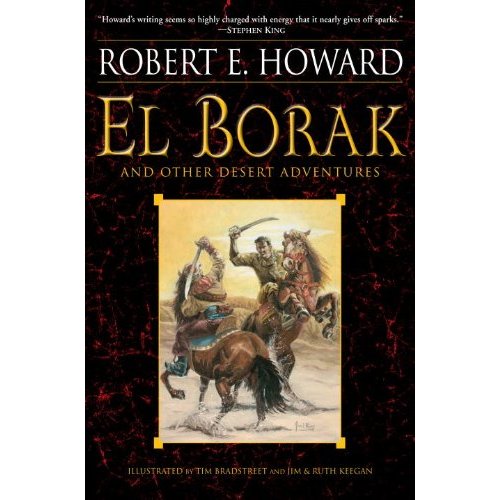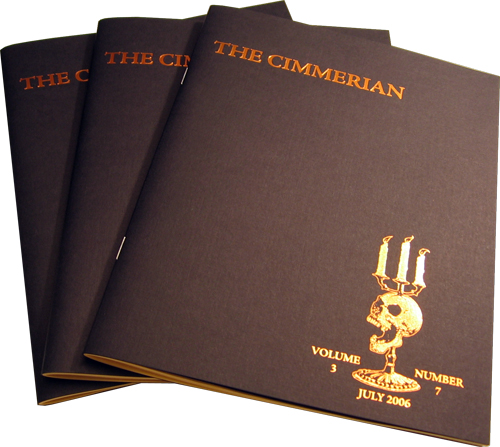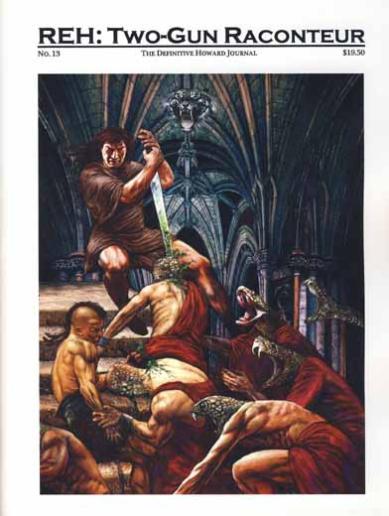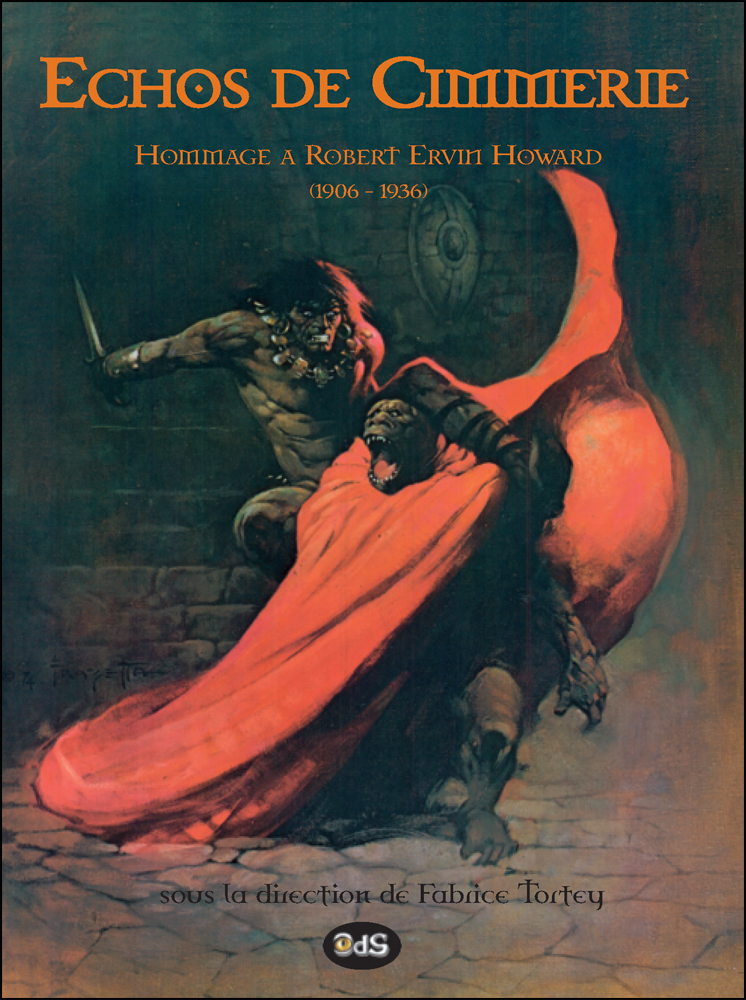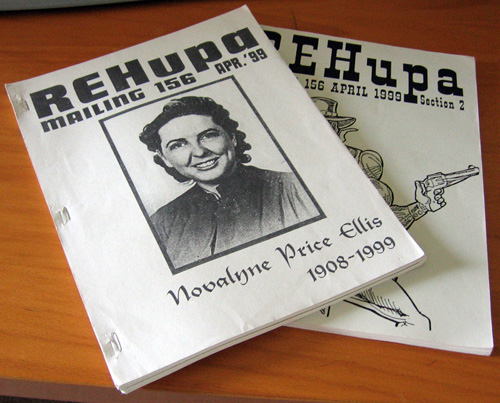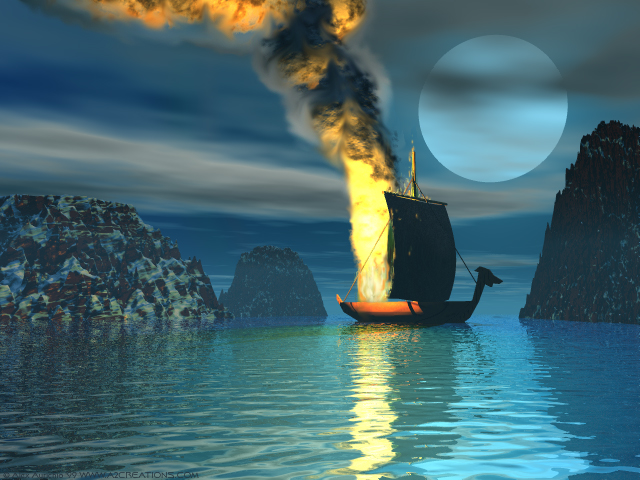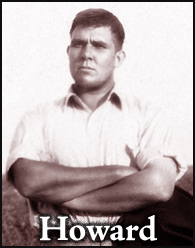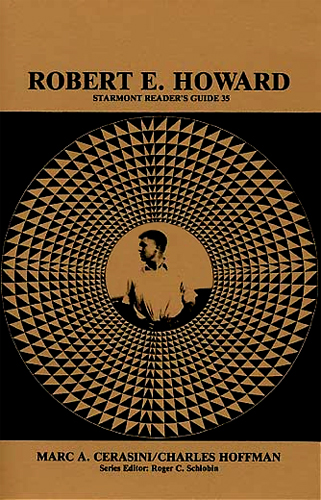
Here’s something I commissioned for the print edition of The Cimmerian but never used.
A few years ago, Charles Hoffman and Marc Cerasini undertook a revision of their old Starmont Reader’s Guide: Robert E. Howard, which was first published in the late 1980s. Wildside Press was supposed to bring out the updated version circa 2006, but — like so much else at that press — the book fell through the cracks and never appeared. At the time, I charged Steve Tompkins with interviewing Cerasini and Hoffman, and planned to have the result run in TC concurrent with the release of the book. With their revised tome MIA, however, I tucked the (lengthy and interesting, as it turned out) interview into my files, against the day when Wildside would finally get its act together.
Well, since then whole years passed, the print Cimmerian ended its run, and now Steve himself is gone. So I figure it is as good a time as any to finally unleash this interview into the world. It’s actually a very enlightening discussion — Steve asked many deep, intelligent questions, and really brought out the best in the authors. For those of you who never bought the print Cimmerian, this post is also a peek at what my TC print subscribers were regularly exposed to: Howard articles of a depth and breadth not to be found anywhere else.
So here we go: the late, lamented Steve Tompkins interviewing Howardists Charles Hoffman and Marc Cerasini about their critical volume on Robert E. Howard, plus much else. Take it away, old friend:
STEVE TOMPKINS: For each of you, what was your first exposure to Howard? If as seems likely you made the acquaintance of Conan by way of the Gnome Press or Lancer collections, please tell us what you made of the presence of posthumous collaborations and pastiches.
MARC CERASINI: I can recall my first exposure vividly. I was maybe thirteen or fourteen years old and had purchased issue # 11 of Castle of Frankenstein magazine for thirty-five cents. Inside Lin Carter had a column touting the new publishing releases and he covered the Conan books extensively. Now, the first Lancers had just come out and I was eyeing them anyway because of the beautiful Frank Frazetta covers (I knew Frank’s work from Creepy and Eerie — Vampirella had not come out yet.) On Lin’s recommendation — and the fact that my parents were going to Expo ’67 and felt guilty about leaving me behind and so footed the bill for a shopping spree — I went to my local mall and purchased the first four Conan books, and an Aurora model of Blackbeard the Pirate.
On a sunny afternoon in June I read “The People of the Black Circle” and I was hooked — changed forever. Prior to my exposure to REH, I was reading a limited amount of science fiction and horror (The ABC’s of course — Asimov, Bradbury and Clark; as well as some John Wyndham; HG Wells and Jules Verne; and the classics Frankenstein, Dracula, and The Werewolf of Paris by Guy Endore). I also read too many comics: Marvel superheroes (which I discovered with Steve Ditko’s Spider-Man), DC war comics like Sgt. Rock, Enemy Ace, Johnny Cloud, the Navajo Ace, Star Spangled War Stories where U.S. Marines battled dinosaurs and the Japanese on remote South Pacific Islands during World War II, and even movie and television tie-in books. One irony of my writing life is that I grew up reading Michael Avallone’s Man From U.N.C.L.E. novels and now I’m writing 24 novels for HarperCollins.
(Continue reading this post)
